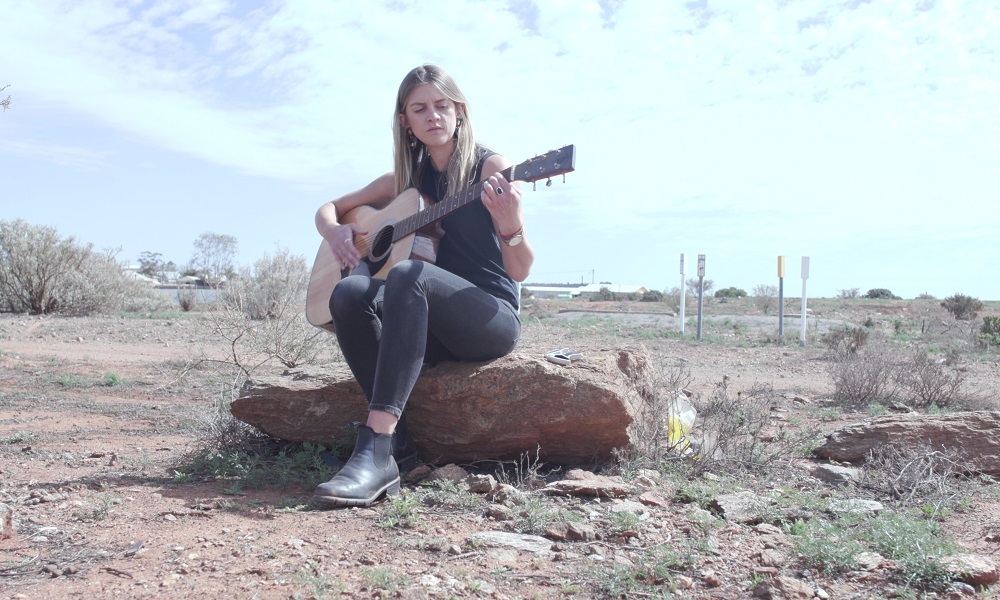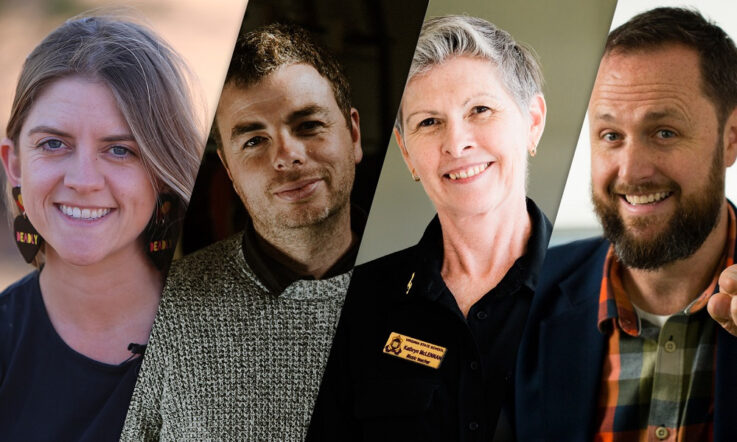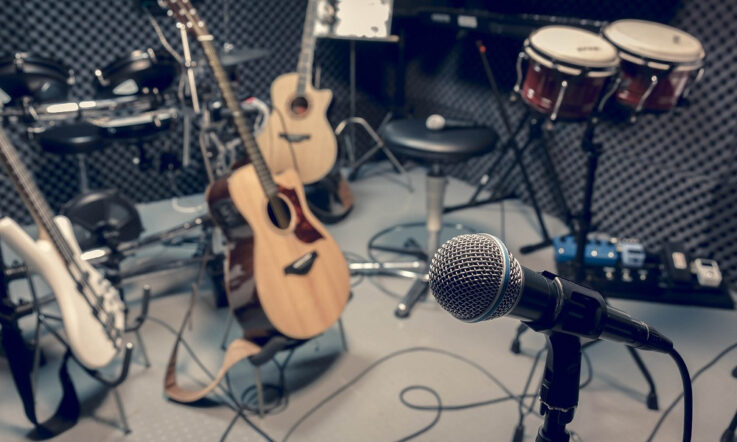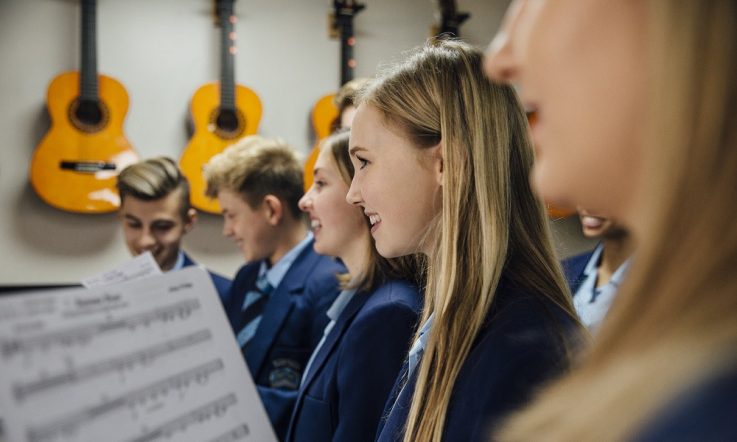Music Teacher and Deputy Principal Sarah Donnelley was named winner of the Telstra ARIA Music Teacher Award last term for the impact she has had on students at Wilcannia Central School in Wilcannia, a remote Indigenous community in far west New South Wales.
In her two years at Wilcannia Central School, Donnelley has used singing in many ways as a classroom management tool, and helped lead her school community through the temporary move to learning from home. It’s this dedicated work that she has been recognised for with the award.
‘I think that music is really powerful in its ability to draw people together. So there’s something so magnetic about singing together and singing in a collective and as a group,’ she tells Teacher.
Using radio to connect with students at home
When the New South Wales government announced most students should be learning from home due to COVID-19 concerns, Donnelley went out into the community to find out what form of communication would suit families best while they were staying home. Of the 15 families Donnelley spoke to, three had internet access at home.
‘So when we sort of had a look at that, that’s when we approached the radio station pretty quickly, because we realised that while we were making home learning packs and we were developing resources and activities to go home, that our parents and family and community members needed support with how to help the kids with how to do those activities as well,’ she explains.
‘So the radio became our way to almost explain to those family members what the activities were, so that then they could help the kids with the hard copy resources that we were going around delivering every few days.’
Each day a teacher went to the radio station to explain the activities the students were going to be working on that day. Each teacher would also choose a story to read aloud, which Donnelley says is an exercise they implemented to ensure students would be able to experience at least one literacy activity during the day. Teachers were also interviewed by the radio staff, to keep community connection strong and to give new staff the opportunity to build relationships.
‘… The thing I was really missing obviously was my weekly music lesson,’ Donnelley says. To keep students involved in music lessons, the task she came up with was a collaborative music video, to again allow the students to feel a sense of connectedness, even when they were physically apart from their teachers and peers.
‘So that’s where the radio came into play because we recorded [a] song and played it over the radio and then people sent in videos of them singing along, which was really special. So it was a really special way for kids, their families and staff, to all feel connected at a time when they were feeling disconnected.’
Music as a classroom management tool
When school is operating as normal, in the classroom, Donnelley has used music throughout her five year career as a tool to calm students down, encourage them to pay attention to instructions, and to assist with transitioning between learning activities.
‘I definitely use it as a tool for [individual] kids when they are unsettled or if they’re, you know, having a bit of trouble being ready to learn or focusing,’ she shares. ‘[I] use it as a bit of a way to take them away from whatever it is that’s distressing them at that time … often they’ll sort of come along or join in the singing, or just listen, and then it provides them a bit of an option to calm down. And then we can talk through what’s happened.’
To calm students down in a group setting, Donnelley has found success in playing classical music to encourage mindfulness, breathing activities and focused listening. When it comes to transitioning between tasks in the classroom, she implements the use of call and response songs or action songs to keep students engaged. To get the class’ attention, music is often the most effective technique to gain students’ focus.
‘Music is definitely a part of our kids’ and community life. So it’s something that we can really share and draw together at school. I think that [with] music, you just step away from anything that’s going on in your life, and it allows our students to just be kids, which is really powerful.’
Launched in 2017, the Telstra ARIA Music Teacher Award aims to recognise the impact and dedication of music teachers across the country. Previous winners are Antonio Chiappetta from New South Wales, Scott Maxwell from South Australia, and Renee McCarthy from South Australia.
The Telstra ARIA Music Teacher Award is run in partnership with ARIA, The Song Room and Telstra. To find out more about previous winners and nominees, visit the ARIA Music Teacher website.
During remote learning, music projects were a key part of ensuring students at Wilcannia Central School felt connected while they were physically apart.
Reflect on your time spent teaching and learning remotely. What strategies did you employ to help the school community feel connected? Did any of them rely on the use of music? When school is operating as normal, what role does music play in the connectedness of your school community?



